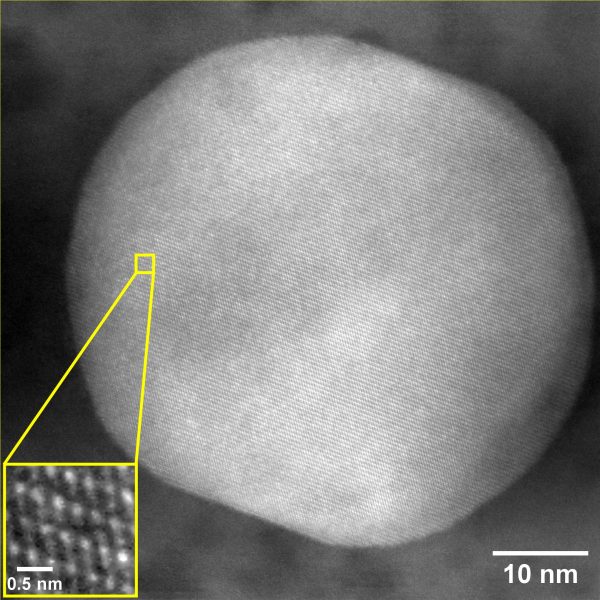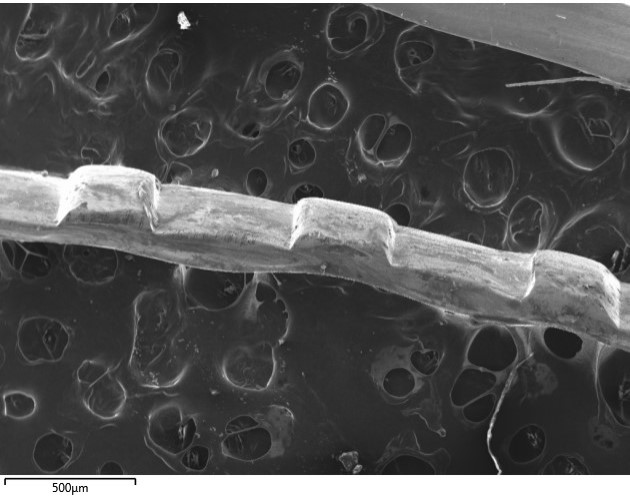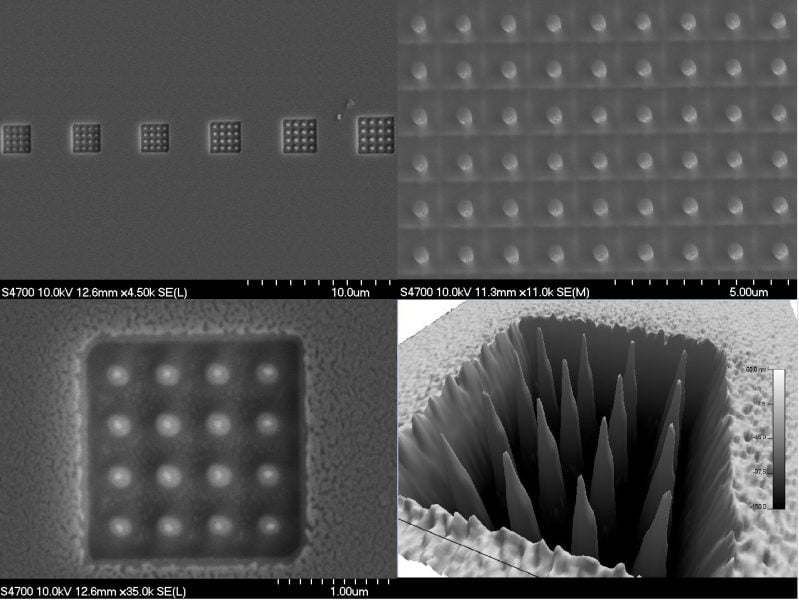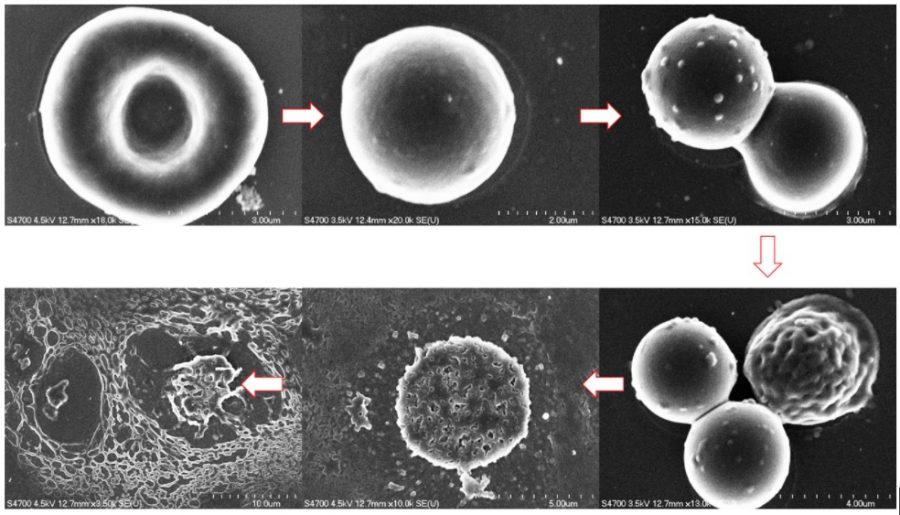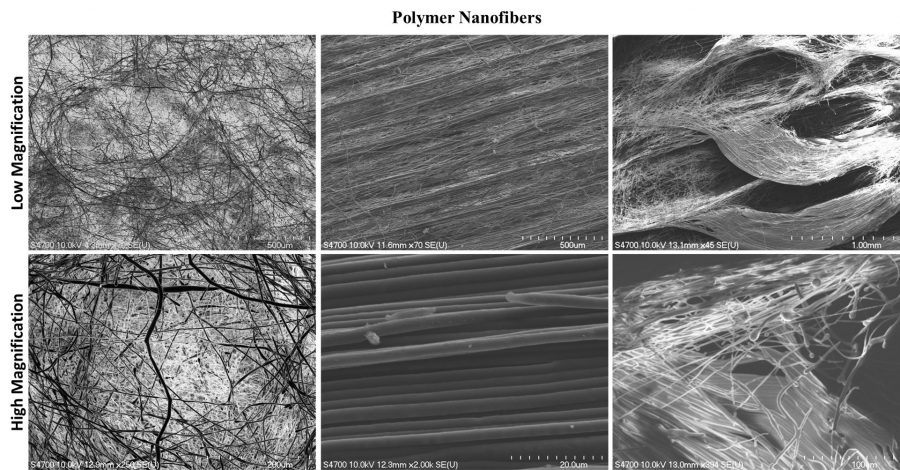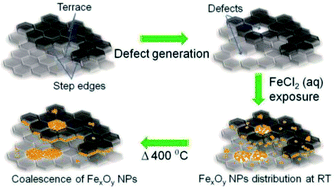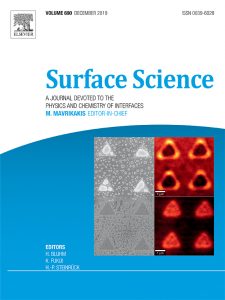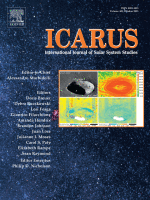
Aleksey Smirnov (GMES) and Katie Bristol ’20 (M.S. Geophysics), currently a Ph.D. student at the University of Florida, collaborated as co-authors on a research paper published in Icarus, a prestigious journal renowned in the field of planetary science.
The paper is titled “Magnetic characterization of the Daule chondrite (Ecuador’s first meteorite fall): The case of elusive tetrataenite?”
The study also involved researchers hailing from Ecuador, Iceland and Norway.
Two representative samples of bulk Daule material were analyzed using an FEI Philips XL 40 Environmental Scanning Electron Microscope (ESEM) at the Applied Chemical and Morphological Analysis Laboratory at Michigan Technological University (MTU).
- The morphology and texture of mineral grains were examined using backscattered electron (BSE) imaging.
- The elemental composition of the material was determined through energy-dispersive x-ray spectroscopy (EDS) using a ∼ 15 kV accelerating voltage.
- Basic elemental mapping was performed.
The new data contribute to the database on the magnetic properties of meteorites, in which meteorites of Daule’s type are underrepresented.
K.E. Bristol, A.V. Smirnov, E.J. Piispa, M.R. Ramirez Navas, A. Kosterov, E.V. Kulakov, Magnetic characterization of the Daule chondrite (Ecuador’s first meteorite fall): The case of elusive tetrataenite?, Icarus, Volume 404, 2023.




